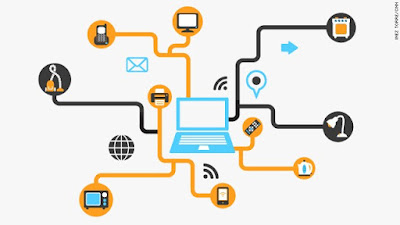Simple Internet Of Things (IOT) Project For Home ( Part 2)

More On Configuring the Raspberry pi with Raspian OS Hello, this is my 2nd post on iot for a home project. I thought that it will be good to give you some idea about Raspberry pi and its configurations in this tutorial. Actually Raspberry pi is a small computer which runs Linux kernel. We use Arduino and PIC for electronics but the difference with Rpi is Rpi has a processor. But Arduini and PIC are Micro Controllers. Mirco Controllers does not have much performance like Rpi. The Raspberry Pi on the other is a complete, functional, mini-computer. It requires an operating system . Storage is provided from a micro-SD card. Although the Arduino can be programmed with small C-like applications, it cannot run a full scale “operating system” and certainly won’t be replacing your media centre anytime soon. The Raspberry Pi, on the other hand, is a computer. For this pro...

